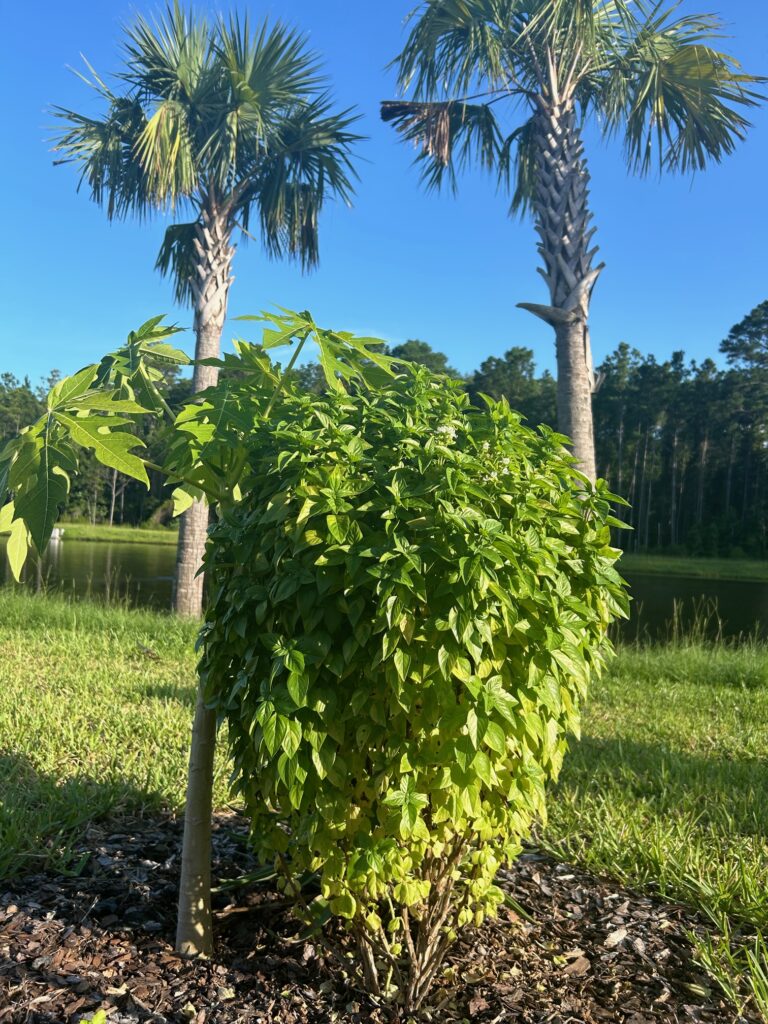Not Your Average “Pesto”

Not Your Average “Pesto”
Serves ???
Coming up with this month’s recipe, I simply looked at my backyard and realized that my tiny garden, consisting of almost nothing, had an enormous basil plant that needed to be harvested. The best thing, in my opinion, to do with an excessive amount of basil is make pesto. I am not one of those individuals who makes traditional pesto with pine nuts. I have done it before and I just do not see the cost benefit of using a product that is so expensive. Traditionally there are specific ingredients that make a dish, but today you can do almost anything to adjust ingredients and still be able to keep the original name.
My mother-n-law is currently visiting my wife and I, so between the three of us, we worked on harvesting almost the entire plant. As we began harvesting, I noticed a lot of the basil had been going to seed and wilting, so it took a little longer to get through to the good stuff. We sorted it out and then were able to make two batches of pesto. Luckily, we had enough for a second batch, because at first, the first batch did not turn out amazing. But after completion, I put them both on a cracker (separately and together) and realized they were quite tasty. By the way, this recipe is vegan, but you can definitely add cheese.
To learn more about me and some of these recipes, check us out at farmtobodywellness.com. In episode 31 of the Podcast “Ocimum basilicum,” I talk all about basil, in case you are interested in learning more! Until then, go ahead and check out this month’s recipe!
Ingredients:
-
150g Basil
-
70g Cashews
-
4 Medium Garlic Cloves
-
55g Extra Virgin Olive Oil (EVOO)
-
Salt & Pepper to Taste
**Disclaimer: Recipes for cooking do not have to be exact in quantity or ingredient. If you have a different oil, type of salt, or any other ingredient, please use what you have. Enjoy!
Instructions:
Step 1: Gather all of your ingredients and measure them out. If you are harvesting basil, remove the leaves from the stems and remove any bad leaves. Give them a short rinse and set aside.
Step 2: Set up your food processor.
Step 3: Add all of the ingredients to the food processor and blend together until you get an almost puree consistency. You may need to scrape the sides of the container to make sure all of the basil leaves have been chopped sufficiently.
Step 4: Once completed, you can store in the fridge or freeze. It has a fairly good shelf life. Remember the part about oxidation. It is likely that the top of the basil will oxidize, this does not make it taste bad or become unsafe.
Step 5: If you want to learn more about the oxidation and how to prevent it, take a listen to Episode 31 of the Farm to Body Wellness Podcast.
Step 6: Enjoy!


